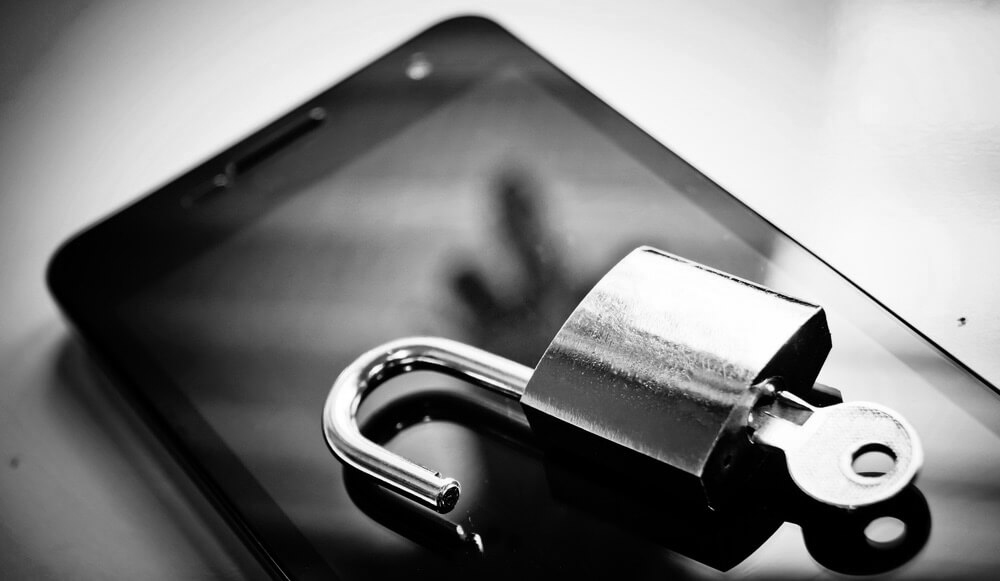Smartphones are now an essential part of our daily lives, serving as our communication lifeline, productivity tool, and sometimes even as an extension of our identities. However, as convenient and sophisticated as they are, smartphones are not immune to security risks. From malware to phishing attacks, the stakes of leaving your smartphone vulnerable are higher than ever. This blog dives into the essential steps you need to safeguard your smartphone and your personal data effectively.
Understanding the Risks
Before implementing any security measures, it’s crucial to understand the risks. Cyber threats come in many forms for smartphone users, ranging from malicious apps to phishing scams and even vulnerabilities in outdated operating systems. Hackers specifically target smartphones due to the wealth of sensitive data they store, including passwords, photos, banking information, and work documents. Additionally, smartphones are susceptible to physical theft, making the risk of unauthorized access even greater. Being aware of these threats is the first step toward robust smartphone security.
Securing Your Device
Your smartphone is more secure when it is locked. Using strong, unique passwords, PINs, or biometric options like fingerprint scans or facial recognition can drastically reduce the chances of unauthorized access. Avoid the temptation to use easy-to-guess passwords like “123456” or “password.” Instead, opt for a mix of letters, numbers, and special characters. Most modern smartphones also provide settings for automatic locking after a specified period of inactivity, which is another essential safeguard.
Aside from locking your device, make sure your operating system and apps are always updated. Security patches released by manufacturers or app developers address known vulnerabilities, so enabling automatic updates ensures your device remains as secure as possible.
App Security
The apps you download can either protect or jeopardize your smartphone’s security. Make sure to download apps only from trustworthy platforms like the Google Play Store or Apple App Store. Third-party app stores often lack the rigorous screening processes that official stores employ, significantly increasing the risk of malicious downloads.
Additionally, scrutinize the permissions that apps request. Does a flashlight app need access to your location data? Likely not. Revoking unnecessary permissions not only enhances security but also preserves your data privacy. Furthermore, uninstall apps you no longer use, as they may still have access to your information or provide entry points for unauthorized actors.
Network Security
Public Wi-Fi networks can be a haven for cybercriminals looking to intercept personal data. Whenever possible, avoid accessing sensitive accounts or making financial transactions while connected to unsecure public networks. If you must use public Wi-Fi, employ a virtual private network (VPN) to encrypt your data and mask your IP address.
Strengthening your home network is equally important. Make sure your home Wi-Fi is protected with a strong password and that your router’s firmware is routinely updated. Disabling remote access for your router and turning off features like WPS (Wi-Fi Protected Setup) can add extra layers of security.
Data Backup and Recovery
No security measure guarantees 100% protection. A robust data backup and recovery strategy is your safety net in case of device loss, theft, or irreversible malware attacks. Regularly back up your smartphone data to a secure location, such as an encrypted external drive or cloud service that prioritizes security. Many smartphones have built-in backup features that can be automated, ensuring that the latest version of your data is always retrievable.
Having a recovery plan is equally essential. Register your device’s IMEI (International Mobile Equipment Identity) number, which can help block unauthorized access if your smartphone is stolen. Familiarize yourself with your smartphone’s “Find My Device” feature to locate your phone remotely and erase its contents if necessary.
Privacy Settings
Take control of your privacy settings to limit the amount of personal information you share. Review the settings on apps like social media platforms and messaging services to ensure your data is not shared excessively. For instance, disable location tracking for apps that don’t require it to function and switch off background app refresh options that could drain your battery and compromise privacy.
Furthermore, check your smartphone’s default privacy settings to ensure that personal data like browsing habits, contact lists, or app usage patterns isn’t being unnecessarily shared or tracked by your device manufacturer or service providers.
Physical Security
Despite all the digital security measures, physical threats to your smartphone should not be overlooked. Always keep your phone in a secure place, such as a front pocket or a bag with a zipper. Avoid leaving your smartphone unattended in public places, and consider using a tether or anti-theft attachment when possible.
If your smartphone supports it, use a hardware security feature like a fingerprint scanner or face lock for additional physical security. Also, investing in an anti-theft case or software that triggers alarms and locks the phone when unauthorized attempts are detected is worth considering.
Advanced Security Measures
For those willing to go the extra mile, advanced security measures can further protect your smartphone. Enable two-factor authentication (2FA) for all accounts, whether they’re tied to social media, email, or banking apps. This additional layer of protection ensures that even if your password is compromised, your account remains secure.
Another advanced solution is using encrypted messaging apps like Signal or Telegram for sensitive communications. These platforms offer end-to-end encryption, making it nearly impossible for third parties to intercept your conversations, even on compromised networks.
Additionally, installing antivirus software designed specifically for smartphones can help detect and block malware before it causes harm. Some security apps also offer intrusion detection, alerting you to unexpected activities on your smartphone.
Protect Your Device and Stay One Step Ahead
Securing your smartphone takes a little effort but pays dividends by protecting not only your data but also your overall online safety. By taking steps to secure your device, apps, and networks, and by adopting privacy best practices, you ensure that your smartphone remains a tool for convenience, not a liability.
Remember, staying vigilant is the key to smartphone security. With the rapidly evolving nature of cyber threats, continual awareness and proactive measures are essential.
FAQs
1. How often should I update my smartphone’s software?
You should update your smartphone’s software as soon as updates are available. Updates often include critical security patches that protect your device from new vulnerabilities.
2. Is public Wi-Fi always unsafe for smartphones?
Public Wi-Fi can pose risks, especially for financial transactions or sensitive activities. Using a VPN can help mitigate these risks by encrypting your data.
3. Can an old smartphone be secure?
Older smartphones often lose manufacturer support, which means they won’t receive critical updates. If your device no longer supports updates, it’s advisable to upgrade to a newer model.
4. Do I need antivirus software for my smartphone?
While not always necessary, antivirus software can provide added security and peace of mind, especially if you frequently download apps or access the internet.
5. How do I know if an app is safe to download?
Only download apps from official stores like Google Play or the Apple App Store. Read reviews, check the developer’s credentials, and be wary of apps requesting excessive permissions.



